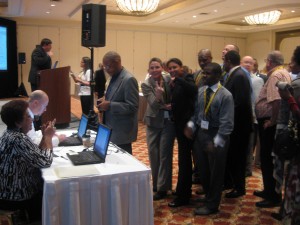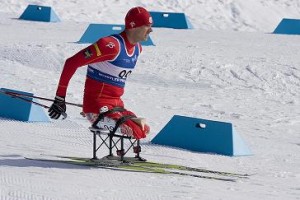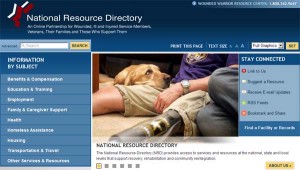
eBenefits is a web portal; a central location for Veterans, Service Members, and their families to research, find, access, and, manage their benefits and personal information.
By Emily Anderson, WTC Stratcom
The Department of Defense (DOD) and Veteran Affairs (VA) updated the eBenefits web portal for easier access and navigation for Soldiers and Veterans to use during their search for resources and provides tools to help in their transition process.
“The improvements eliminate some or the earlier confusion as to where certain information and documents can be found,” said Dexter B. Friday, financial support specialist and retirement services officer, Strategy, Plans and Operations Branch, AW2. “It will provide easier navigation capabilities for our Soldiers and Veterans.”
“This portal is not just for our Soldiers and Veterans, but all Soldiers and Veterans,” he added. “eBenefits provides a direct link to the VA system and with the use of this tool Soldiers can access their VA claim status, retrieve military records, review their payment history, etc. Its capabilities are endless.”
Currently, eBenefits is a joint, secure web portal that provides resources and self-service capabilities to Soldiers, Veterans, and their Families to research, access and manage their VA and military benefits and personal information.
“I receive frequent requests from our Veterans concerning their benefits and most of the information can be found on the site,” he added. “I suggest that they take the time to review and get to know all that it has to offer.
The web portal currently provides features such as access to official military personal documents, the ability to view the status of a disability compensation claim, view Post-9/11 GI Bill enrollment status, apply for Veterans benefits, order medical equipment such as hearing aid batteries and prosthetic socks, and many other features are being added regularly.
“There are many state benefits available for Veterans, but these benefits required a letter from the VA along with the application.” he said. “Previously, our Veterans would have to call the VA Customer Service to request a letter be sent to them, but with eBenefits our Veterans can download the letter themselves and not have to wait the time for VA to produce, print and mail or fax the document.”
Other portal improvements include a tool to help in determining if a Veteran is eligible for Vocational Rehabilitation and Employment benefits and a search function that identifies a claimant’s appointed veterans service representative, with links to Google Maps indicating the location of their nearest representative’s office.
Before accessing the eBenefits Web portal, Soldiers, Veterans, and Family members must be listed in the Defense Enrollment Eligibility Reporting System (DEERS) and obtain a DS Logon. They can choose from two levels of registration, DS Logon Level 1 (Basic) and DS Logon Level 2 (Premium). The service is free, and once you have a DS Logon, it’s valid for the rest of your life.
Veterans who attempt to register and are informed they have no DEERS record, will need to have VA verify their military service and add them to DEERS. This is most likely to occur in the case of Veterans who served prior to 1982. All VA Regional Offices have staff familiar with procedures for adding a Veteran to DEERS.






